 |
|
|
Tribal scaling program update -
Thelma Alsup
(BIA Regional Log Scaling Coordinator/Check Scaler,
based in Warm
Springs, Oregon)
Thelma updated us on her work at
getting consistent tribal scaling
guidelines and certifying scalers and check scalers. She works with
various
tribes in the Northwest on the above and organizes roll-outs and
training. She
is also responsible for check scaling tribal wood. She coordinates
scaling with
government agencies and the private sector. Besides policy and scaling
budgeting for the tribes, she also works at making sure that the
scalers are
equipped with handheld data recorders and the appropriate software.
Thelma
represents 9 tribes. She will be looking at standard taper ratios on a
tribe by
tribe basis and is planning on setting up taper studies.
|
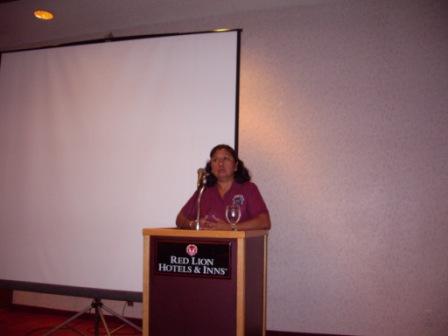
|
|
Log
data processing system - Bill McFarling (Black Hills Log System
Supervisor, Pope and Talbot, Spearfish, South Dakota)
Bill demoed their log data
processing system. The system manages truck
weigh-in including a sample tare weight system (whereby it randomly
selects
tare weights at a desired frequency) and has many safeguards to insure
that
weight is not accidentally or purposely manipulated. The system also
error-checks and gives an audit trail. It also selects sample scale
loads and
quality check loads at any desired frequency. The system verbally tells
the
truck driver where to unload the logs based on log sort and if from an
agency.
The system stores all individual log data and all load data. It has an
excellent load/log querying system whereby one can get almost any
information
quickly and simply. The system manages all log data and QC information,
tabulates the log yard inventory, and calculates payments to all
contractors
and landowners. The system is marketed by Round2 Consulting out of Boise
Idaho.
|
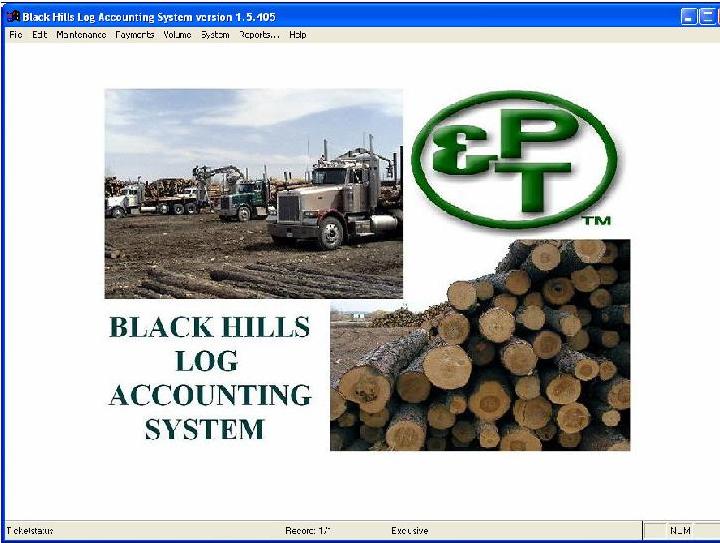 |
|
Cubic log scale: defunct or still
worthwhile – Rich
Ernst
(Forester, USFS
Forest
Management
Service
Center
in Fort
Collins Colorado)
Rich stated that the US
government stance, for federally owned timber, is that they are still
on cubic
and have no plans on deviating from that. There are a few caveats to
this in
that Alaska
and salvage sales are allowed to continue with Scribner. Their focus is
on tree
measure rather than scaling, and the new focus is on weight based
sales. He
stated that the official position is to not go back to board foot
measure and
that the USFS is committed to measuring timber volume in cubic units.
|
 |
|
Biomass
and Stewardship sales
– Blair Moody (Forester, BLM, Ashland Resource
area)
Stewardship
contracts
allow the exchange of wood fiber for services rendered. Stewardship
sales are
not intended to replace the normal timber sales program. These sales
still have
to live up to the management standards such as NEPA, EIS, etc. The main
focus
is forest health and to mitigate fire hazard by removing small
commercial and
noncommercial trees, but can also cover noxious weeds, campground
maintenance,
etc. They collaborate with rural communities, businesses and other
agencies.
Biomass is also a strong focus, as these trees tend to be small and
government
policy is moving toward this direction given energy goals and demand.
Much of
the aims of this program come from the “Healthy
Forest
Initiative” and “Green Energy”. In 2005
they offered 71,000 tons of biomass
(10,000 in Oregon
and Washington).
In 2006 there will be
approximately 200,000 tons of biomass offered.
|
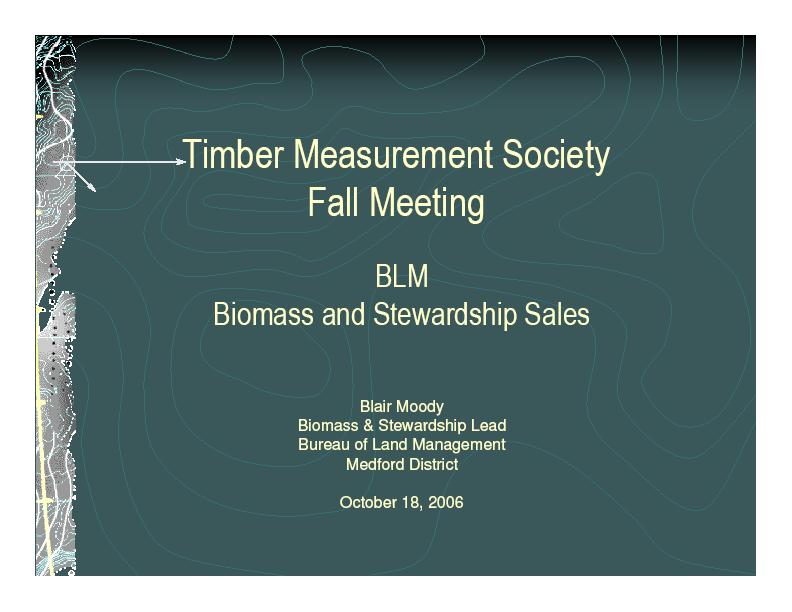 |
|
Weight
scale – Frank Cooper (BLM, Bend Oregon)
The BLM does not sell sawlogs via
weight, however, they do use
weight-sample scale, and weight for biomass sales. Frank has found that
weight
is being manipulated via leaving the logs on the ground on biomass
sales, which
are sold on weight, and thus has reservations regarding the usefulness
of it
(especially for sawlog sales) for selling BLM wood where the purchaser
has
flexibility to leave wood on the ground. Frank
presented some information which showed
that wood can lose more than 30% of its weight simply by letting it dry
out.
|
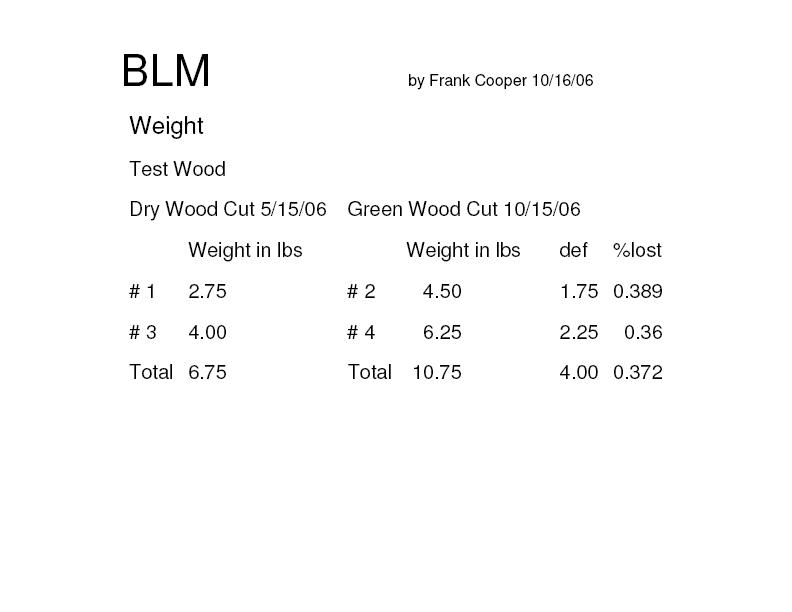 |
|
New
method of cruising biomass
– Dave Johns (Check Cruiser, USFS, R5, Quincy
California)
John developed a method using
orthoquads (satellite images that are
digitally corrected) to estimate cubic foot volume per acre. The system
is
based on 3-P and a density index (which was developed by Rich Ernst).
Basically
one estimates biomass volume from aerial photos and the estimate is
corrected
by sample cruising on the ground. They have found this system to be
accurate,
easily applied, and lower cost method of obtaining volume.
|
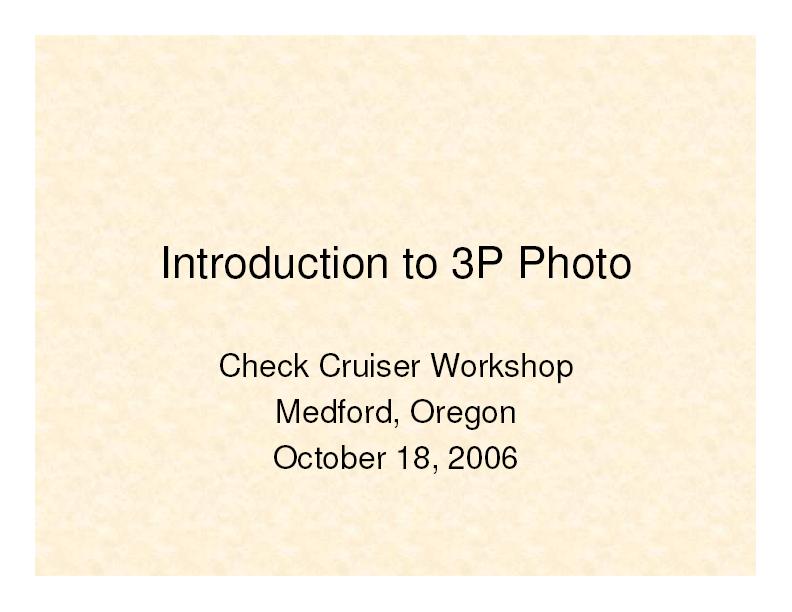 |
|
Scribner
log rules committee update – Frank Duran (in place of Camille Smith who was
unable to attend,
USFS Regional Measurements Specialist, R6, Portland Oregon)
Many of the Scribner log rules were
updated via the work done by the
Cubic Log Rules Committee research. Rules affecting oversize knot
deductions,
twist, pecky rot, pistol butt, forks, etc. These rule changes were done
to give
updated guidelines for any logs scaled via Scribner (salvage sales).
The
changes are effective immediately and will appear in the next variation
of the
USFS board foot handbook.
|
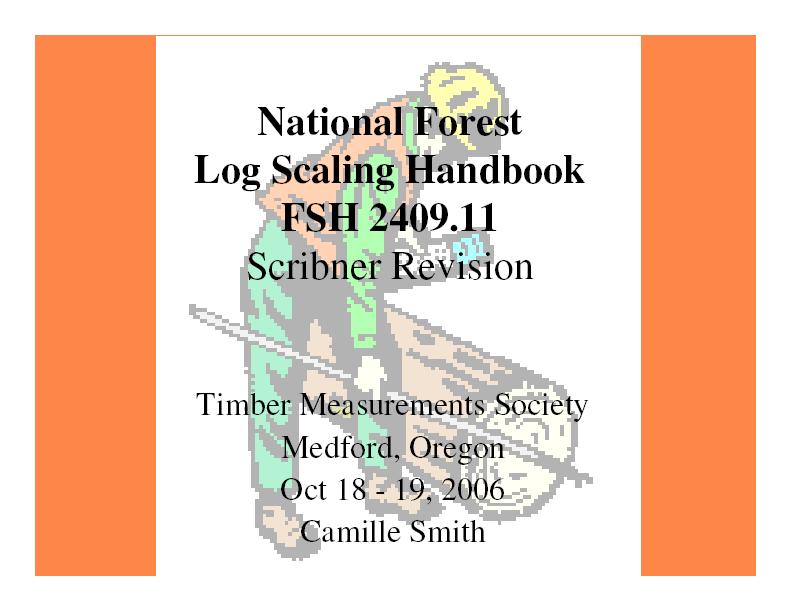 |
|
Weyerhaeuser
scaling profile: how
they handle log measurement – Mike Hayes (Scaling
Manager, Weyerhaeuser, Longview, Washington)
Mike
currently supervises the scaling process at the Lonview sort-yard and
has a 30+ year career in scaling and related areas. He went over the
changes he has seen at
Weyerhaeuser over his career, including the change to almost all
mechanized
logging. Weyerhaeuser uses both Scribner and cubic. Their scalers
undergo an
extensive scaling training program, which typically takes from 3-5
years. They
ship many logs to Japanese customers and some of the ships will haul
9.7 mmbf
on one ship. Their success in developing a strong customer base for
their logs
is based on their high expectations on log manufacturing quality,
highly
trained workers, and excellent feedback mechanisms to insure that
everybody is
aware of their performance.
|
 |
|
State
of the art timber cruising,
a.k.a.
vertical scaling – Jon Aschenbach (Vice President of Sales,
Atterbury
Consultants, Portland
Oregon)
Jon
covered the current standard procedures and algorithms utilized in
cruising.
Jon demonstrated the new style reloscope, which works very well even in
dark,
low light stands. John covered the important areas of focus for
cruisers and
recommended that they spend time with scalers to learn about how they
handle
defect deductions.
|
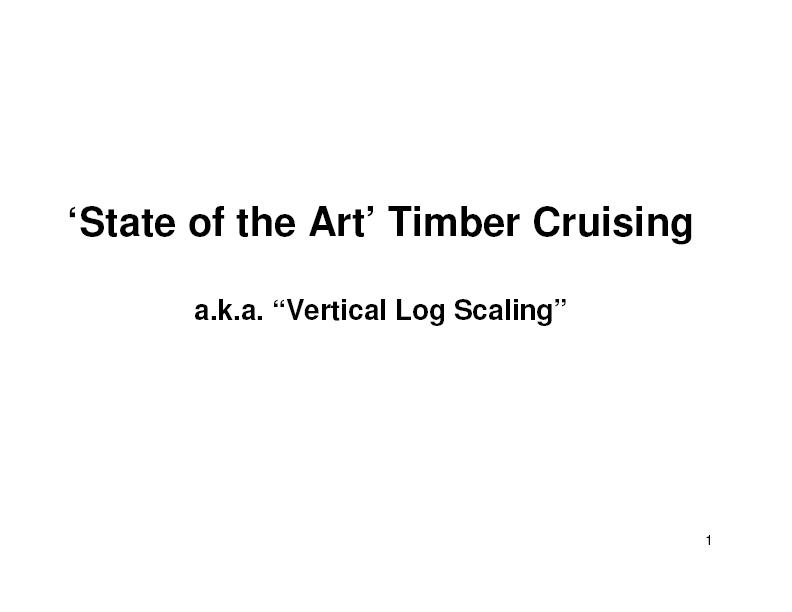 |
|
The
drivers of product recovery
– Matt Fonseca (Manager of Log Utilization and
Lumber Quality Control, Plum Creek Timber Company, Columbia Falls,
Montana)
Matt covered the variables the
drive recover of particular products. He
showed how recovery of lumber, plywood, and residual products (chips,
sawdust,
shavings, bark) will vary given the type of mill (stud, dimension,
board, or
hardwood), the efficiency of the mill, specie, and given the
particulars of log
characteristics (diameter, length, taper, etc). He also covered how the
unit of
measure affects or even distorts product recovery.
|
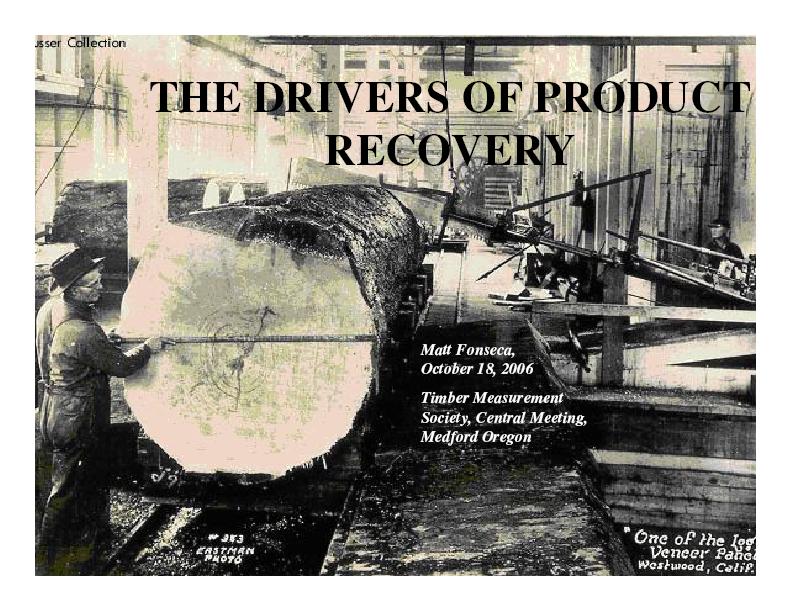 |
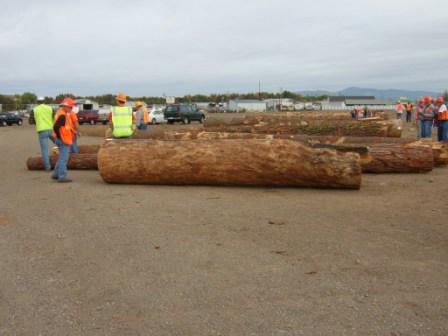 |
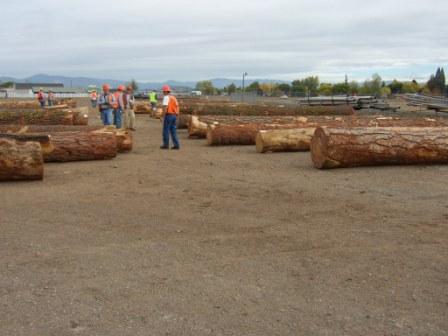 |
| Jeff
Hedlund organized a great log roll-out at the Boise Building mill in
nearby White City. Many thanks to him and Boise Building for hosting
the rollout. There were 54 highly defective logs and it seems that one
of the intents was to give everybody a chance to utilize the new USFS
Region 6 supplement for twisted grain and oversize knots. I think we
all saw more twist and knot deductions in one day than we normally see
in a year. To see the logs that were bucked in order to better
ascertain the defect click
here. |
|
|
